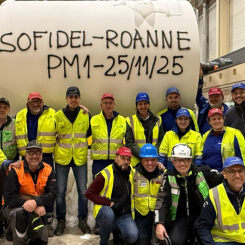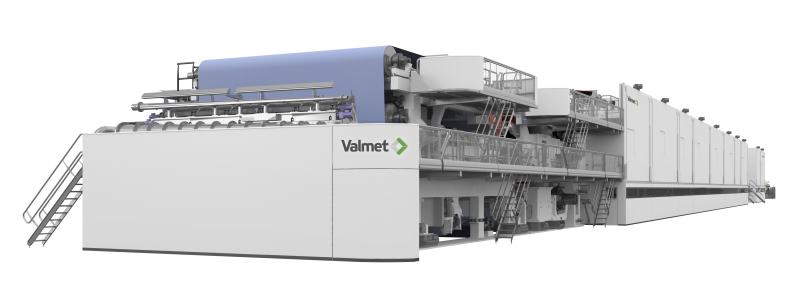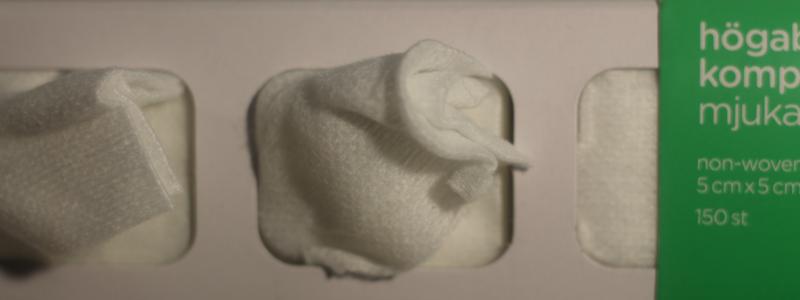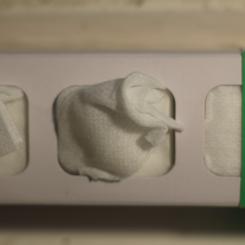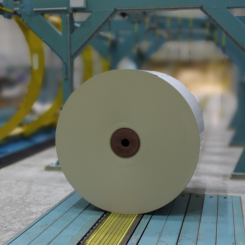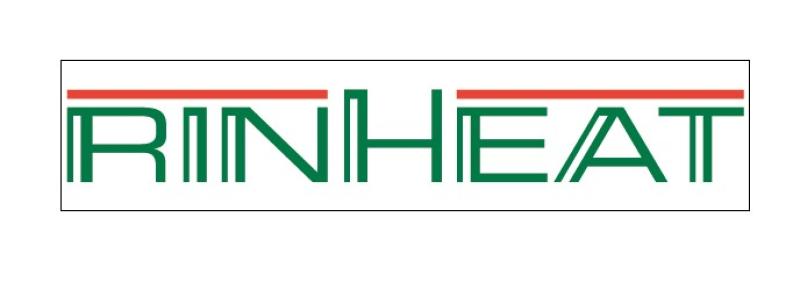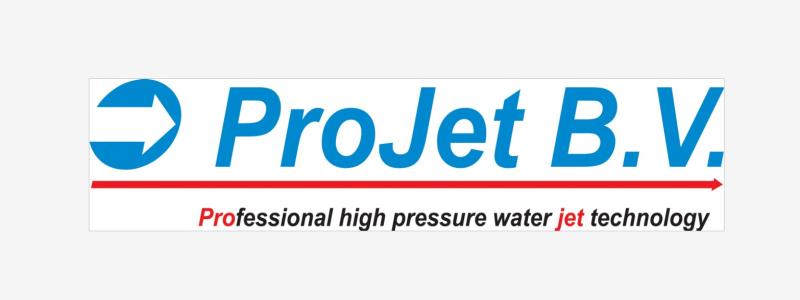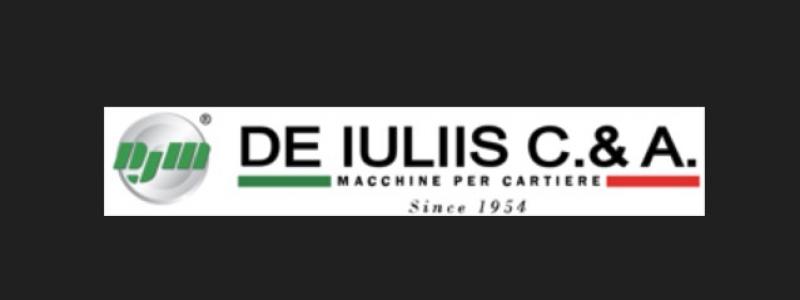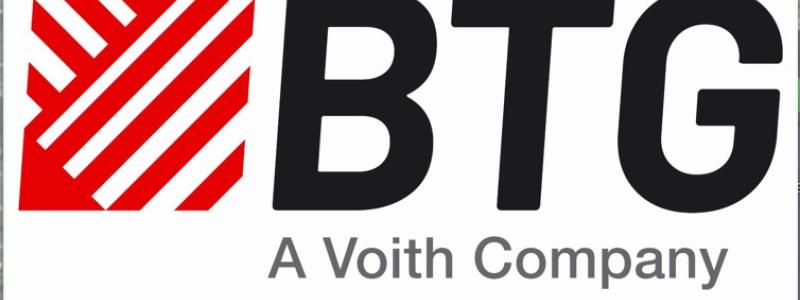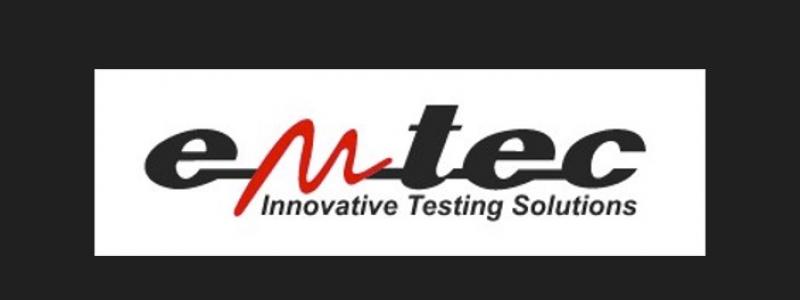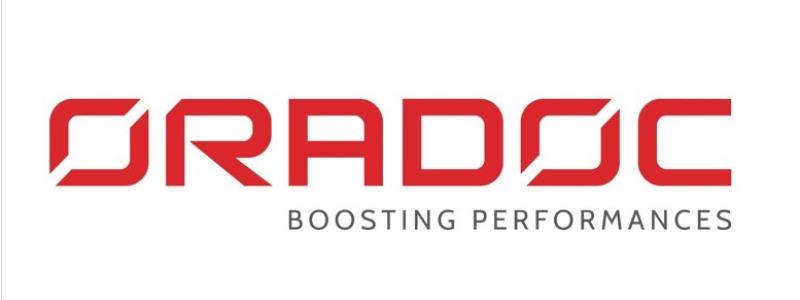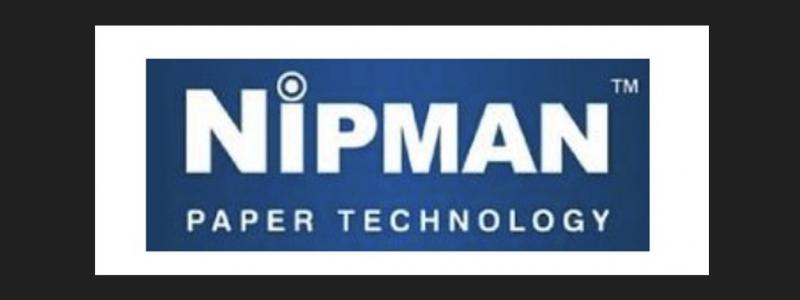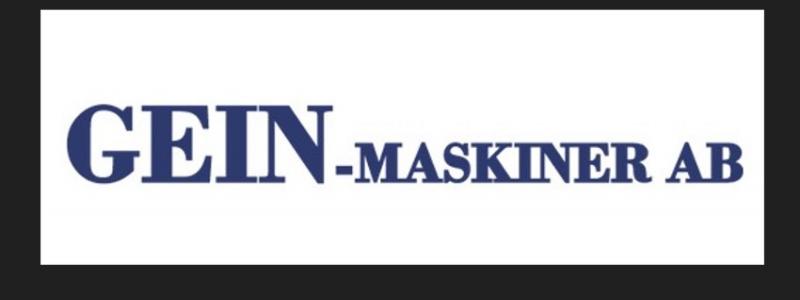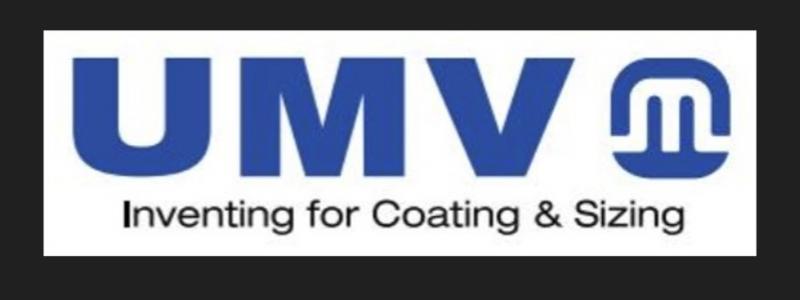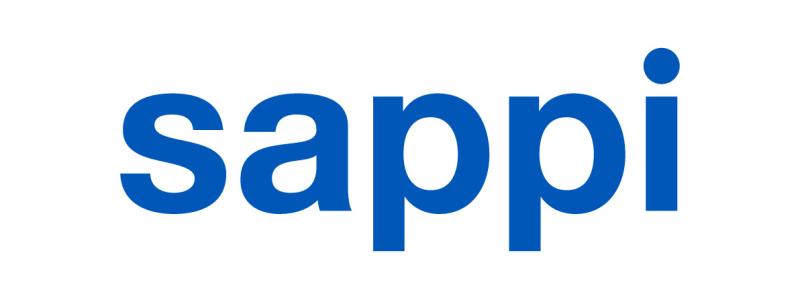Innventia is launching a feasability study aiming towards uniform function standards to optimise corrugated board packaging. Guidelines prescribing the suitable quality of the lowest possible but sufficiently high grammage would lead to reduced environmental impact and lower costs during manufacture and transportation.
Packaging that does not withstand transportation and storage in varying climate conditions results in significant and unnecessary levels of rejects and a weaker competitive position for the export industry. Despite this, the quantity of packaging materials could be reduced without compromising on product safety, thanks to improved knowledge about distribution systems, better raw materials and knowledge application. A materials saving of 20 percent would lead to a corresponding reduction in both environmental impact and costs on manufacture and transportation. One key factor in order to achieve this is overall standards and guidelines for optimising corrugated board packaging.
Innventia is now launching a feasability study with financial support from Angpanneforeningen's Foundation for Research and Development. The first step involves an evaluation of how certain major export companies and packaging users experience and deal with problems arising in connection with transport packaging. The next step will involve reviewing information from existing European and global standards and test methods. A workshop will then be held to summarise various companies’ requirements profiles and to relate these to the properties of corrugated board packaging.
"This project is a feasability study in order to be able to map out the direction for a focused development effort," explains Johan Alfthan, a researcher within paper physics at Innventia. "There is currently no global overall standard. However, there is an abundance of standard methods for specific material properties. This means that goods exporters and packaging users are dependent on corrugated board suppliers and their choice of testing methods."





